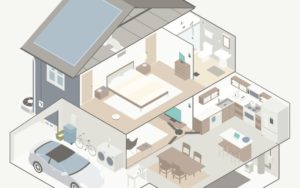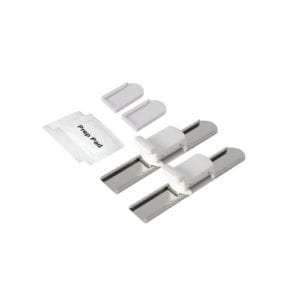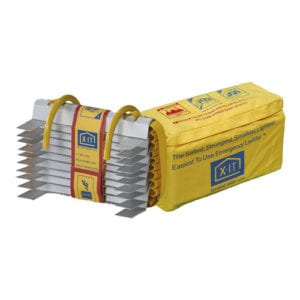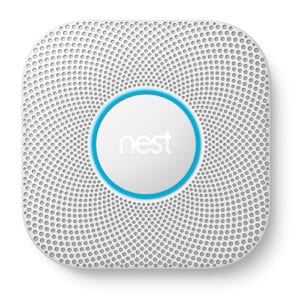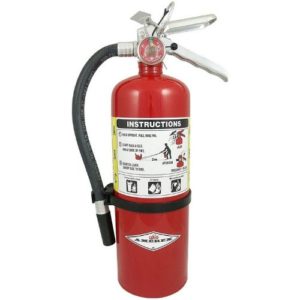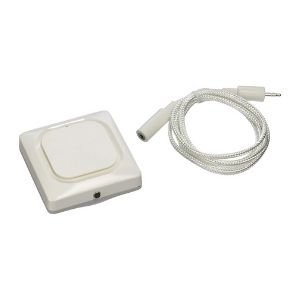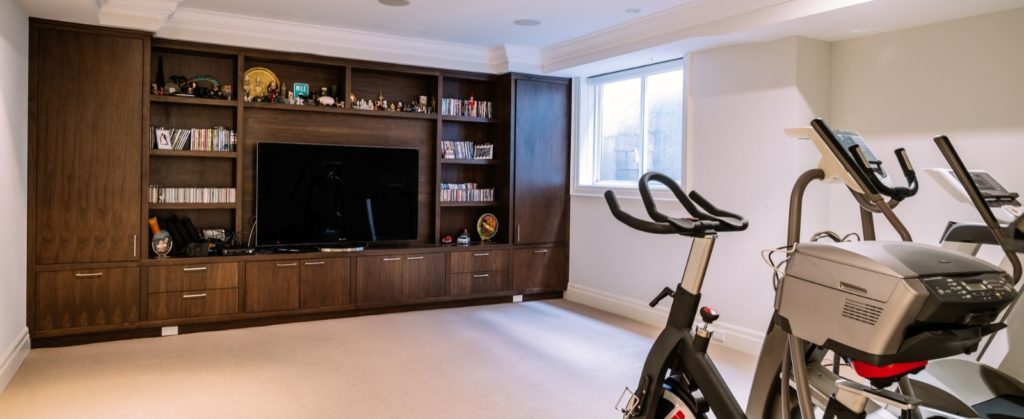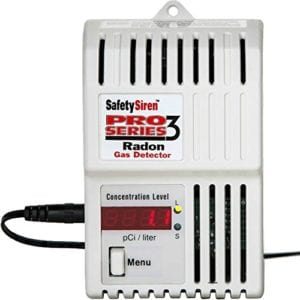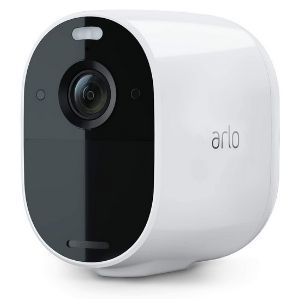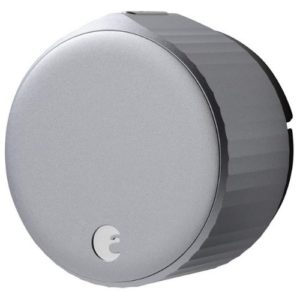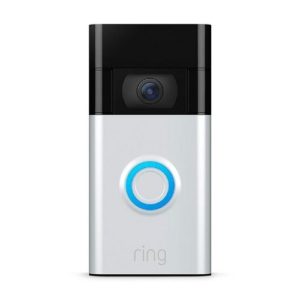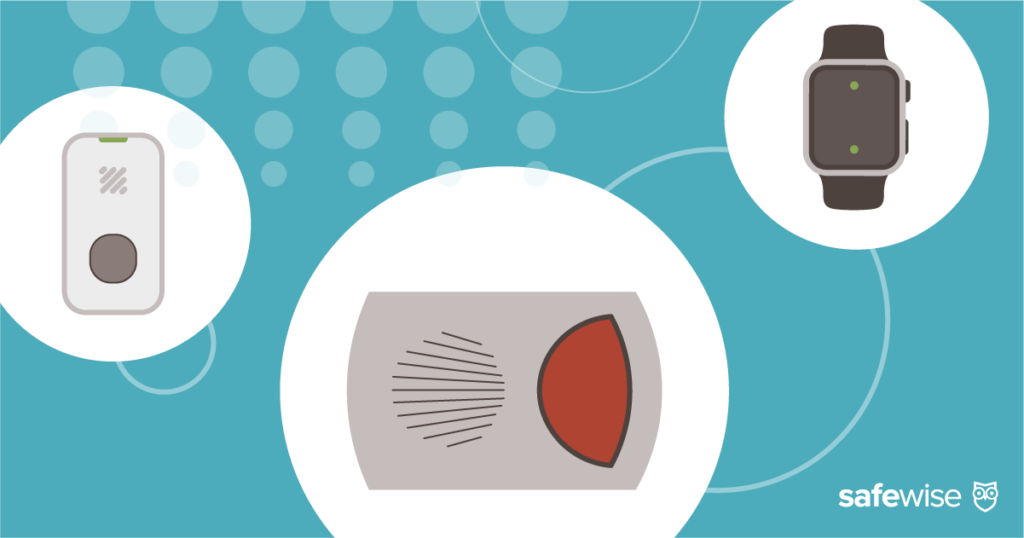Hallways get us from Point A to Point B, but they can do much more for home security and household safety. Here are some safety measures to consider in your hallways:
Carbon monoxide is an odorless, poisonous gas that’s produced when you burn coal, wood, charcoal, oil, kerosene, propane, and natural gas.
While it occurs naturally in our environment, carbon monoxide becomes deadly in confined spaces. That’s why you should never leave a car running inside of the garage.
Without proper ventilation, carbon monoxide can build to toxic levels, causing illness or worse.
Carbon monoxide detectors can save your life. Install one on every floor in your home—including the basement and garage.
Keep kids and pets out of harm’s way—and out of rooms that are off-limits—by installing gates. Take a peek at your baby gate options—we found gates that blend with your home's design, span large spaces, and protect kids and animals from falling down stairs.
